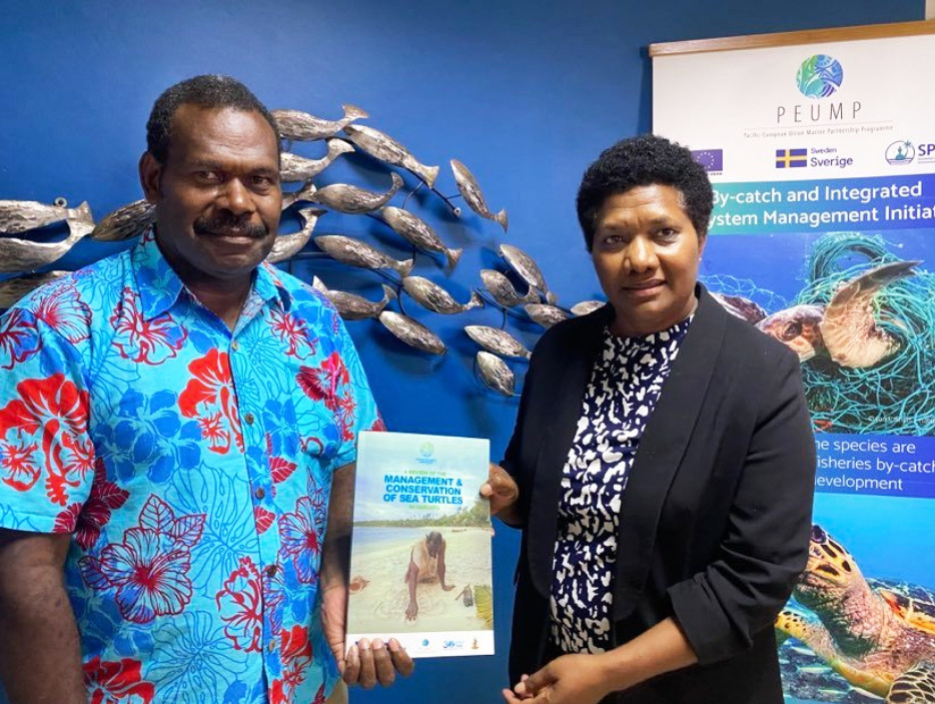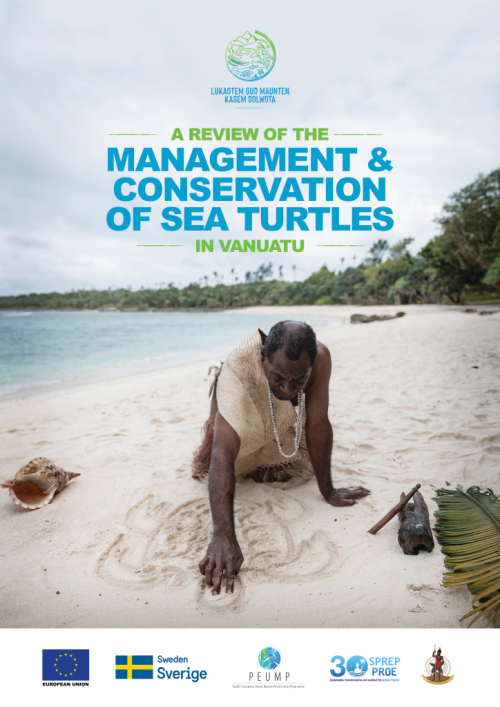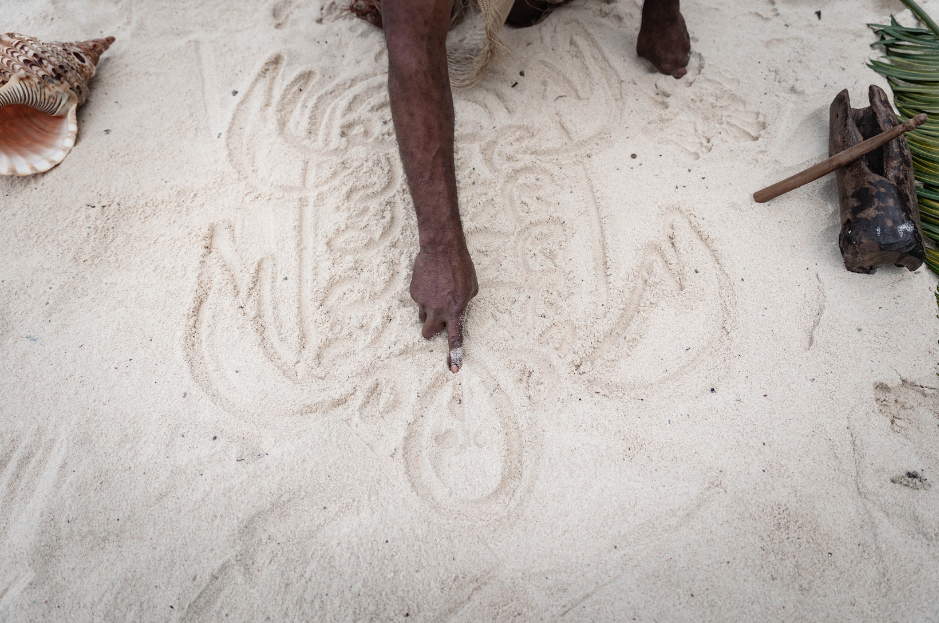
24 July 2023, Port Vila: A recently launched report on the management and conservation of sea turtles in Vanuatu provides key recommendations to help strengthen Vanuatu’s efforts in managing and conserving the five species of sea turtle that feed and nest in the country’s coastal and marine environments.
The loggerhead, olive ridley, green, hawksbill and leatherback turtles are all listed by the International Union for Conservation of Nature (IUCN) as threatened species. The Government of Vanuatu is committed to their effective management and conservation as part of global efforts to prevent the extinction of these migratory marine species.
The timely Review of the Management and Conservation of Sea Turtles in Vanuatu was jointly launched by the Government of Vanuatu and the Secretariat of the Pacific Regional Environment Programme (SPREP) on 30 June 2023 in Port Vila.

The findings summarise the status of sea turtles in Vanuatu, including turtle research, monitoring and knowledge management approaches, ni-Vanuatu cultural values, threats to sea turtles, and government and customary management systems. It highlights the impacts of offshore fisheries by-catch, inappropriate tourism activities, traditional harvesting, coastal land-use changes, pollution, and climate change on sea turtles in Vanuatu.
Seven high-level priority recommendations are proposed together with suggested actions to improve the sustainable management and conservation of sea turtles in Vanuatu. These include strengthening existing and developing new policy and legislative frameworks to prohibit harvesting of critically endangered sea turtle species (leatherback and hawksbill); building community awareness of best-practice guidelines for wildlife tourism encounters; and extending sea turtle by-catch mitigation in fisheries to include nearshore fisheries.
The report further identifies gaps in knowledge and practice and makes specific recommendations to support turtle monitoring, research and enforcement, including building local capacity in research, and valuing the significant positive efforts of Vanuatu communities actively involved in sea turtle monitoring.

Moreover, it recognises Vanuatu’s pioneering role in the conservation and management of sea turtles for nearly 30 years in recognition of the environmental, cultural and socio-economic importance of sea turtles to Vanuatu people.
“Vanuatu is blessed with remarkable natural assets that must be safeguarded. Sea turtles have long been significant in our people’s cultural heritage and customary practices,” said Mrs. Esline Garaebiti, Director General of the Ministry of Climate Change Adaptation, Meteorology, Geo-Hazards, Environment, Energy and Disaster Management.
“The recommendations in this review report provide important guidance on the way forward to improving sustainable management activities and conservation of sea turtles in Vanuatu.”
“A global management effort is needed to protect these highly migratory and globally threatened animals that transcend maritime boundaries, and are listed as vulnerable, endangered or critically endangered on the IUCN Red List of Threatened Species,” said Mrs. Garaebiti.
“Locally, joint efforts are needed between our communities, islands, provinces and nationally to effectively protect turtles throughout their life cycle – from breeding, nesting and laying through incubation and when the hatchlings leave the nest.”
“Vanuatu is taking a leadership role in providing the scientific authority for management of sea turtles in Vanuatu. However, we cannot do this alone. We will continue to work closely with our coastal communities including the Vanua-tai Resource Monitors Network, and with the support of government agencies and international partners, including the PEUMP programme,” she said.

Mr Stuart Chape, SPREP Director − Island and Ocean Ecosystems, says “SPREP applauds the completion of this review, which is an important contribution towards pinpointing the priority steps needs to strengthen Vanuatu’s efforts in turtle management and conservation.”
“This review also provides partners and potential partners with guidance on where our inputs will be best placed. Vanuatu is a long-standing partner with SPREP in our sea turtle conservation efforts and we look forward to continuing this partnership.”
The report was produced through a literature review and consultations with key stakeholders, including the Vanua-tai Resource Monitors Network, the Vanuatu Fisheries Department, the Department of Environmental Protection and Conservation, the Vanuatu Kaljoral Senta, the Department of Tourism, Wan Smolbag, Vanuatu Environmental Science Society, and SPREP.
The report was prepared for the Government of Vanuatu as a key activity of the By-catch and Integrated Ecosystem Management (BIEM) Initiative implemented by SPREP in collaboration with the Vanuatu government agencies and community partners. The BIEM Initiative is a component of the Pacific-European Union Marine Partnership (PEUMP) Programme funded by the European Union and the Government of Sweden.